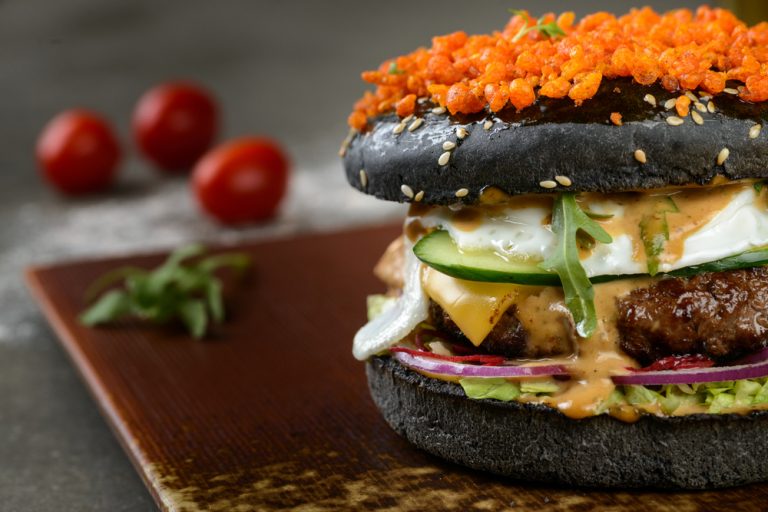Artificial meat, meat from the test tube, meat from the laboratory - it will soon be widely available and will successfully replace meat of animal origin. What distinguishes artificial meat?
Artificial meat - how is it made in the laboratory?
To make artificial meat, scientists need stem cells, which they get from a living organism. Stem cells can rapidly multiply and transform into any building blocks of the body. They are dividing until the formation of muscle tissue, which takes about 2 weeks.
Another farm produces fat in the same way. It is combined with the grown meat tissue and then dyes are added. And the meat is done! The dyes are necessary because the grown meat does not contain blood in it. Used dyes are mostly natural.
The entire production takes about 2 months. Such time allows to significantly reduce the consumption of water and fodder, which are necessary for much longer cattle breeding. Livestock produces huge amounts of greenhouse gases, and plant resources are needed to feed them, which again translates into a huge amount of space that is used for breeding. Not to mention the suffering of the animals, their transport to the slaughterhouse, inhumane treatment or the administration of antibiotics, which are necessary to prevent the animals from getting sick in one place.
However, you should know that stem cells also need food to grow. Scientists see great potential here in algae, which contain most of the substances necessary for cells to grow.
Artificial meat vs real meat
The meat industry has been controversial for years, and the meat sold is not as healthy as we believe it to be. Do we have a guarantee that it comes from healthy animals? Some TV shows reveal that in slaughterhouses, even cattle that should be otherwise disposed of, go to slaughter with healthy animals and then go to the stores.
In vitro meat can be healthier than natural meat, because scientists will carefully plan its composition. For example, adding fish cells to beef will make it contain beneficial omega-3 fatty acids. It will also be antibiotic-free.
Companies that specialize in the production of artificial meat have already achieved considerable achievements - a burger that smells and tastes like meat, minced meat behaves like real meat. This is just the beginning - real meat substitutes often have more protein and nutritional value than their real meat counterparts.
Artificial meat - the vegetable equivalent
So far, they are very popular substitutes for people who want to live without meat in their diet. They are made of soybeans or popular oyster mushrooms, which are a great substitute for the taste of meat. Their composition can be also very healthy - no preservatives, dyes or flavour enhancers, but of course, you should read the ingredients carefully.
The market is booming
According to the MarketsandMarkets report, the global market of meat substitutes is to reach a value of almost USD 6.5 billion in 2023. The stock exchange of companies producing artificial meat is constantly growing. Market Research forecasts show that over the next 7 years this market will grow at a rate of 7.7%. average per year.






